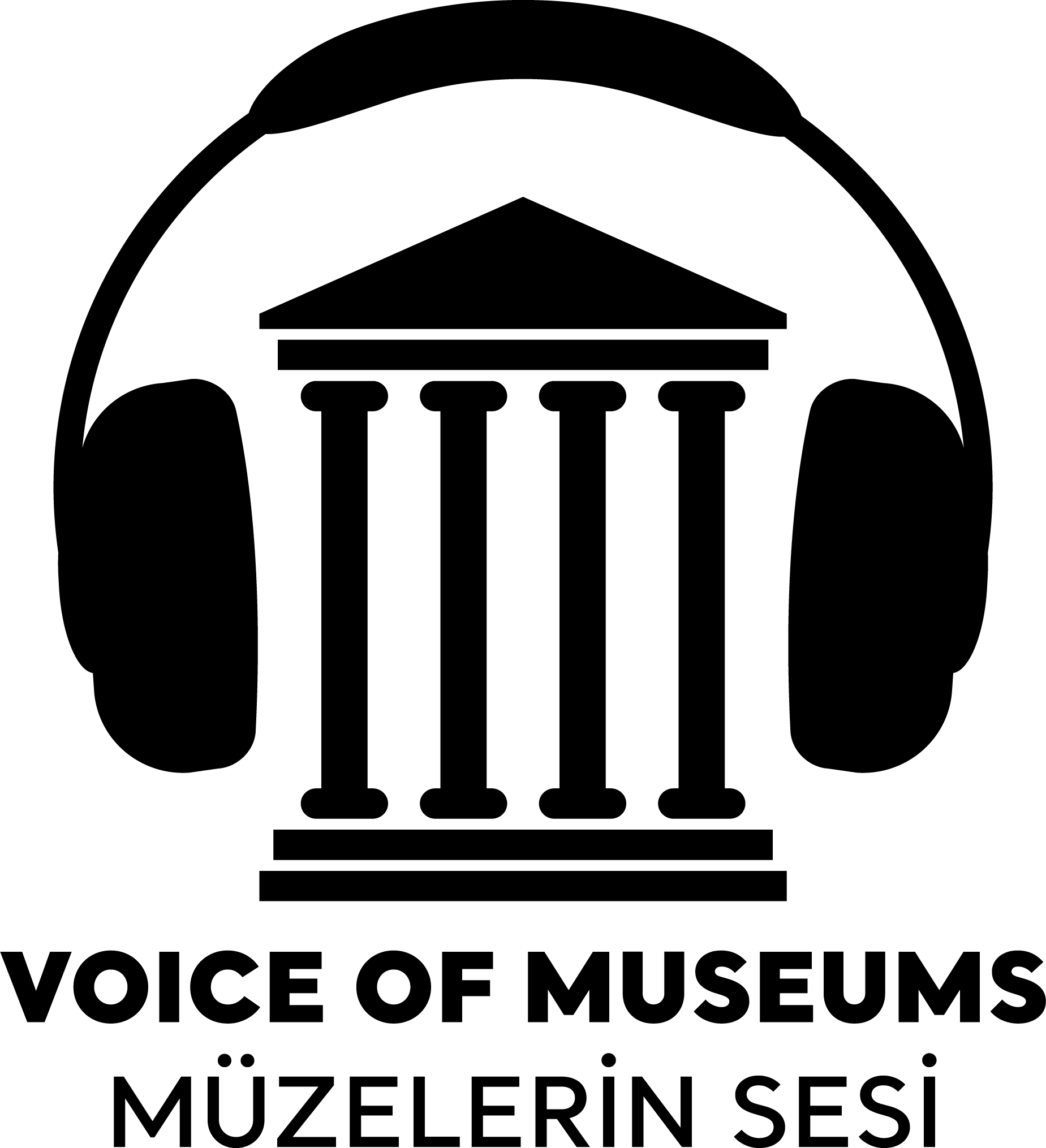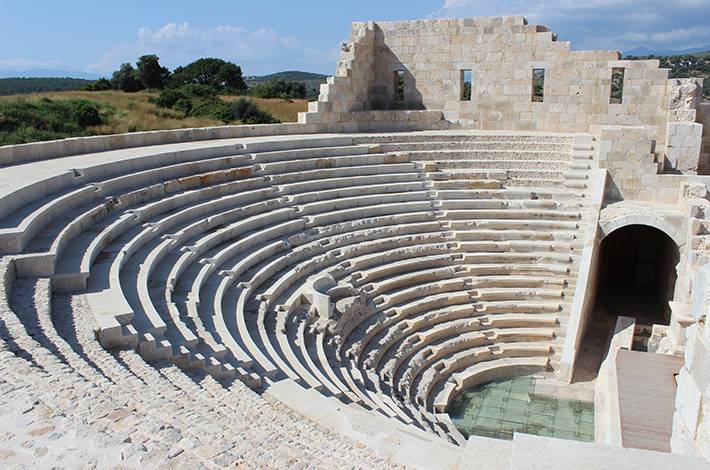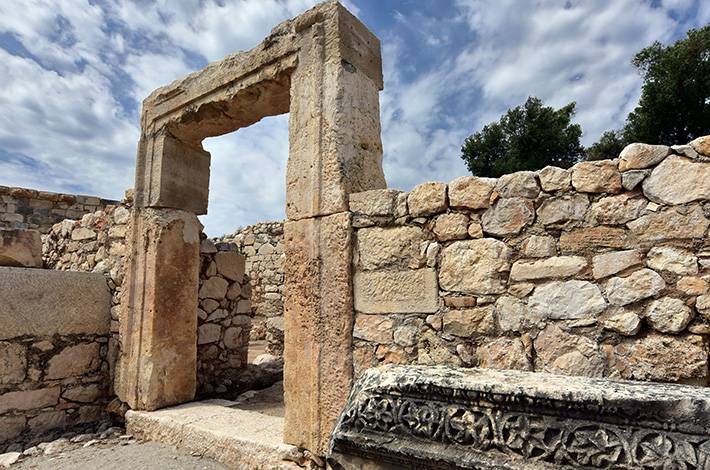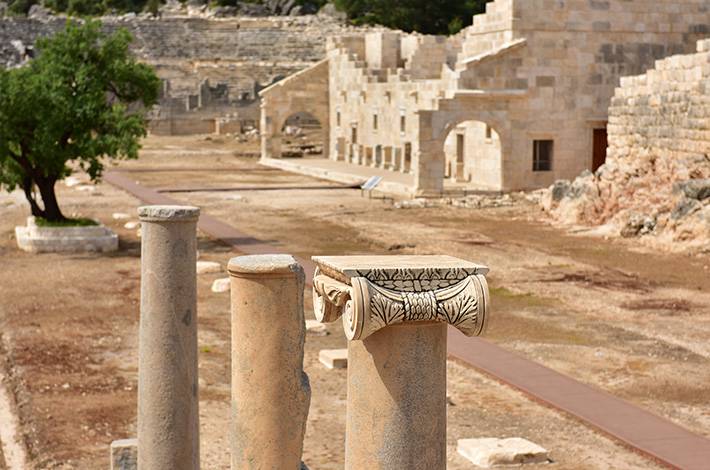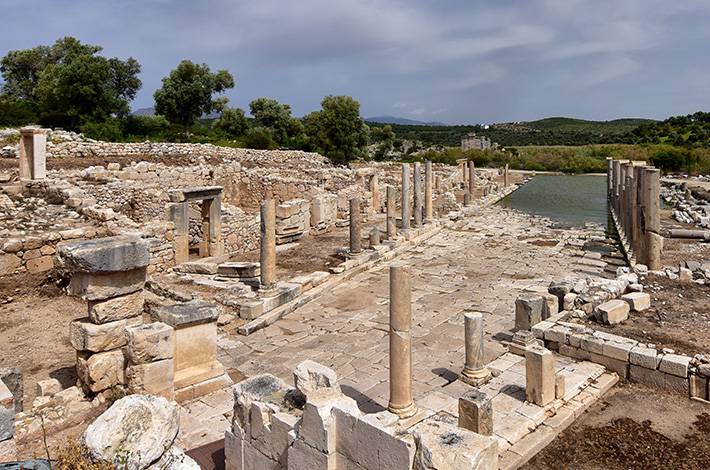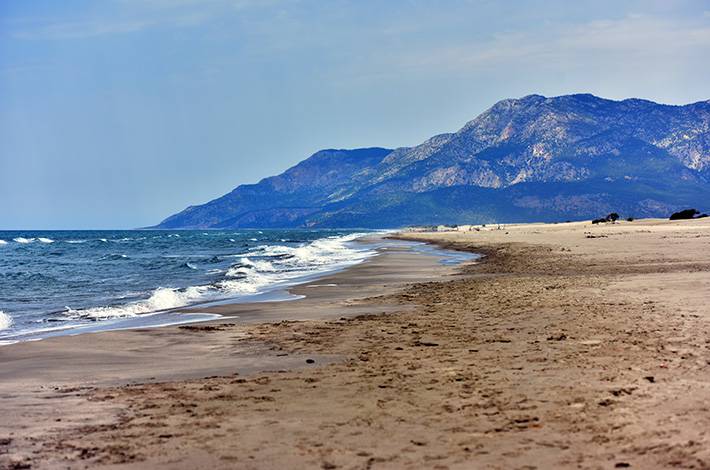The Capital Of Lycian Union Patara, the capital city of the Lycian Union, is referred to as 'Patar' in Hittite texts from the 13th century BC. The ancient city of Patara survived for centuries because it was the only place opening to the sea in the Xanthos Valley. The city is also significant in Christianity, as Saint Nicholas, known as 'Santa Claus', was born in Patara. Additionally, it is known that St. Paul took a boat from here to Rome. Patara was a renowned port for storing and transporting grains from Anatolia to Rome. In the early 2nd century, the Seleukos Kingdom took control of Patara, and it was subsequently declared the capital of Lycia in 167 and 168 BC. The city gained autonomy from Rome and independence from Rhodes during this time. Under the Roman rule, the city maintained its importance as a centre where the governors conducted their judicial affairs and as a naval base linking the eastern provinces. One Of The Important Prophecy Centers Patara remained the capital when Lycia became a Roman province in 43 AD and was later merged with Pamphylia in 74 AD. During the Roman period, the city gained fame as the Apollo divination centre. In Byzantium, it became a significant centre for Christians. The Bishop of Patara, Eudemos, was the sole signatory of Lycia at the council in Nicaea held in 325 AD. The entrance to the ancient city is through the magnificent and well-preserved Roman triumphal entrance. The inscriptions suggest that the entrance was constructed in 100 AD by the regional governor. To the west of the arch is the Necropolis area, which features Lycian-style sarcophagi. The theatre, located at the southernmost end of the city and leaning against Kurşunlu Hill, was reconstructed after the earthquake in 147 AD. Kurşunlu Hill offers a stunning view and is also home to the Vespasian Bath, Corinthian Temple, main street, and ancient harbour structures. The ancient city of Patara boasts several impressive structures, including the granary (Granarium) constructed by Emperor Hadrian and his wife Sabina in the 2nd century AD. Adjacent to the theatre lies the Bouleuterion (Assembly Building), which served as the capital's meeting place. Additionally, the ruins feature waterways that transported water from a cliff located approximately 20 kilometres away. While You Are Here Patara Ancient City is conveniently located near the 'Lycian Way' route, and visitors should not miss the stunning beach located nearby. The sand dunes on this Mediterranean beach are stunning. It spans 18 kilometres and is a rare nesting site for Caretta-Carettas, Mediterranean turtles that have been breeding here for millions of years.
PATARA ARCHAEOLOGICAL SITE
